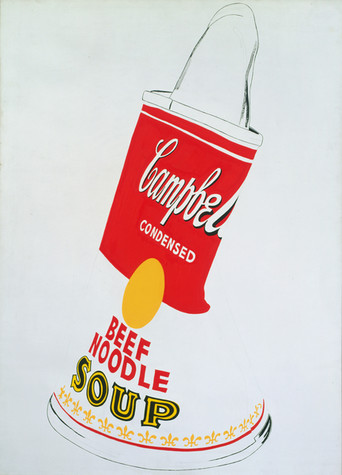Campbell’s Soup: Ode to Food
I used to drink it [Campbell’s Soup]. I used to have the same lunch every day, for twenty years, I guess, the same thing over and over again.
Materials
- Image of Warhol’s Campbell’s Soup Can
- Colored pencils
- Pens
- Ode to a Food handout
- Example: Ode to Soup
Vocabulary
- Ode: A lyric poem praising or glorifying a feeling, person, object, or event. Odes may vary in length and complexity.


